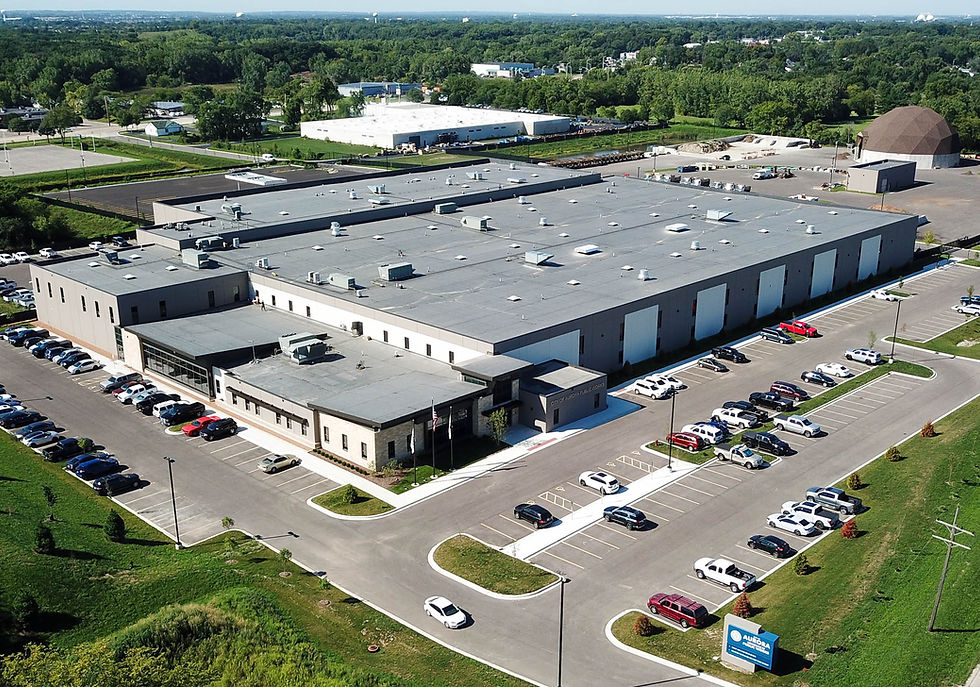Precast vs. Cast-in-Place Concrete: Which is Right for Your Project?
- Dukane Precast
- Sep 11, 2023
- 2 min read

When it comes to construction, concrete is one of the most versatile and widely used materials. However, there are two primary methods for utilizing concrete in construction: precast and cast-in-place. Each approach has its own set of advantages and disadvantages, and choosing the right one for your project can significantly impact the outcome. In this blog post, we'll explore the differences between precast and cast-in-place concrete to help you make an informed decision for your next construction endeavor.
Precast Concrete
What is Precast Concrete?
Precast concrete is a construction method where concrete elements, such as walls, beams, columns, and panels, are manufactured in a controlled environment (typically a factory) and then transported to the construction site for installation. These elements are usually produced in standardized shapes and sizes.
Advantages of Precast Concrete:
1. Quality Control: Precast concrete elements are produced under controlled conditions, ensuring consistent quality and reducing the risk of defects.
2. Speed of Construction: Precast elements can be manufactured in advance, reducing on-site construction time.
3. Cost Savings: While the initial cost may be higher, precast can lead to long-term cost savings due to reduced labor and maintenance expenses.
4. Design Flexibility: Precast elements can be customized with various finishes, textures, and colors to meet architectural and aesthetic requirements.
5. Durability: Precast concrete is known for its durability and resistance to weathering, making it suitable for various applications.
Cast-in-Place Concrete
What is Cast-in-Place Concrete?
Cast-in-place concrete, as the name suggests, involves pouring and curing concrete directly at the construction site. It's a traditional method where the concrete is placed into molds or formwork on-site and allowed to harden.
Advantages of Cast-in-Place Concrete:
1. Adaptability: Cast-in-place concrete is highly adaptable, allowing for changes in design and layout during construction.
2. Complex Shapes: It's ideal for projects requiring intricate shapes, curves, or irregular geometries.
3. Less Transportation: There's no need to transport heavy precast elements to the site, reducing transportation costs and logistics.
4. Strength: Cast-in-place concrete can provide higher strength compared to some precast elements.
5. Integration: It allows for easy integration of structural components like reinforcement bars and embedded items.
Choosing the Right Method
The choice between precast and cast-in-place concrete largely depends on the specific requirements and constraints of your project. Here are some considerations to help you decide:
- Project Size: For smaller projects, cast-in-place concrete may be more cost-effective, while larger projects often benefit from precast elements to accelerate construction.
-Customization: If your project demands custom designs or architectural features, precast concrete offers more flexibility.
-Construction Timeline: If time is of the essence, precast elements can significantly reduce construction duration.
-Budget: Evaluate your budget, as precast concrete may have higher upfront costs but can lead to long-term savings.
-Design Complexity: Complex designs or structures may be better suited for cast-in-place concrete due to its adaptability.
In conclusion, both precast and cast-in-place concrete have their strengths, and the choice should be based on project-specific factors. Consulting with a structural engineer or a construction expert can provide valuable insights into which method is best suited for your construction project. Ultimately, the right choice will ensure the success and longevity of your construction endeavor.





Comments